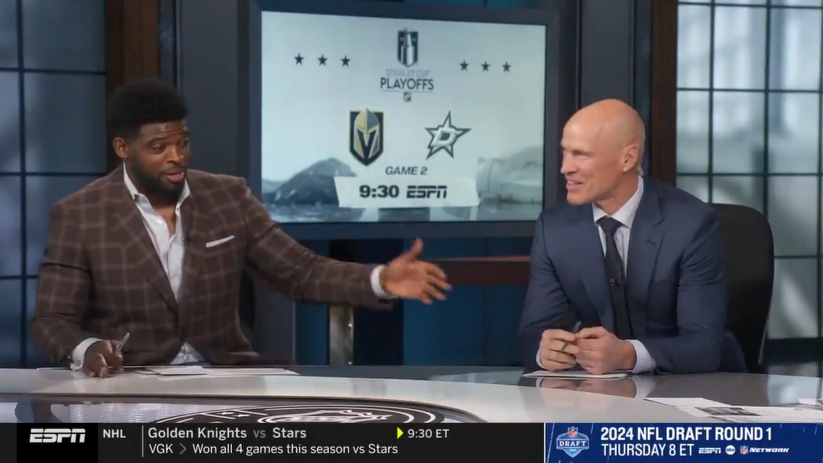Sports Business Journal has posted their local ratings info for 21 of the 30 NHL teams (excluding those in Canada as well as Carolina and Nashville) and the results are quite interesting.
The lead takeaway is the insane rise in ratings for the Columbus Blue Jackets. It’s no secret that the Blue Jackets have not been good for the better part of their entire existence, but they put together one of the league’s best records this season and had that memorable 16 game winning streak during the regular season. Sadly, their reward for their best ever season was a first round matchup with the defending Stanley Cup champion Pittsburgh Penguins and a quick postseason exit after five games.
However, things finally are beginning to look up for hockey in Columbus. The Blue Jackets posted a 2.09 local rating this year, which while still well behind other heavy hitters, is an insane 118% increase over last season. For any team to double their local numbers, especially in a market like Columbus, is a hugely impressive achievement. No team and no fanbase in the NHL could use a sustained run of success like the CBJ and if they can continue to build on this season maybe Columbus can become a bonafide hockey market after all.
At the top of the list, the Buffalo Sabres led the way once again with a 6.22 local rating followed by the Pittsburgh Penguins (5.95), Minnesota Wild (4.40), St. Louis Blues (4.15), and Chicago Blackhawks (3.34). The Sabres’ numbers are even more impressive when you consider the fact that they haven’t made the playoffs for six consecutive seasons. That belies some of the other trends on the board when ratings rise and fall depending upon the team’s success. It’s no surprise to see Minnesota jump up into that rarefied air after their great season, for example. Hopefully those fans are rewarded soon with a return to the Stanley Cup Playoffs.
At the other end of the spectrum, the Anaheim Ducks bring up the rear with a paltry 0.22 rating, down 50% from last year. For a team that just breezed into the second round of the postseason, that’s fairly disappointing. Other big market teams didn’t register very encouraging numbers, either. The New Jersey Devils, Dallas Stars, and New York Islanders are also in the bottom five of ratings along with the Florida Panthers. Furthermore, the Detroit Red Wings experienced one of the biggest declines in ratings, down 36%. The biggest decrease came from the Colorado Avalanche, who lost a ghastly 64% of their audience for a season their fans would like to forget.
But perhaps the most important piece of information is this nugget about the league’s national ratings on NBC, which experienced a decline in spite of the fact that several teams saw local ratings increase.
Overall, 10 of the 21 U.S.-based teams monitored posted ratings increases from last season; 11 teams saw a decline.
The NHL’s local numbers stand in stark contrast to national TV ratings, which saw steep drops this season. NHL games on NBC posted their lowest viewership numbers on record. The 15 NHL games on NBC averaged 1.23 million viewers, down 20 percent. NHL games on NBCSN posted the NHL’s lowest cable viewership numbers since 2011-12. Its 91 games averaged 336,000 viewers, down 11 percent.
The NHL is hugely dependent upon its traditional hockey powers and hockey towns to draw ratings. You can bet that the execs at NBC were apoplectic over the fact that the top seeded Blackhawks were swept out of the first round of the playoffs. And with major hockey markets having teams struggle this season (Philadelphia, Detroit, New York with the Islanders and Devils and the LA Kings) it’s easy to understand why ratings on the national scene could take a hit.
While those national ratings are important they don’t have to be the be all and end all. The NHL can look at this season’s growth in expansion markets like Columbus and Minneapolis and Nashville in the second round as a sign of success and potential growth. Because the more the NHL can build all of their cities into true hockey towns, the better it will be for the league in the long run.







